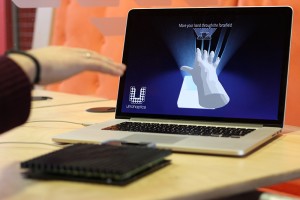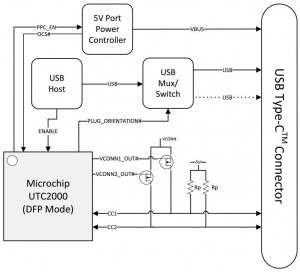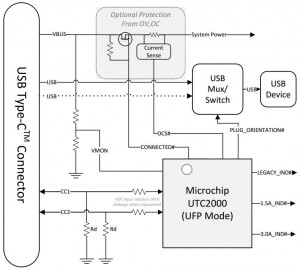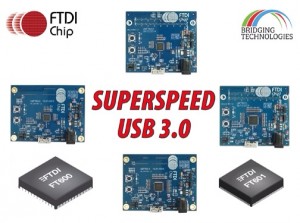Jaguar Land Rover is investigating the use of ultrasound gesture recognition for operating in-car infotainment systems.

ULT003 Mid-air touch technology inaction – Jaguar Land Rover investigates ultrasound gesture controls in cars
The car company is working with UK start-up Ultrahaptics, which is developing ultrasonic free-space haptic technology for a touch screen display which works with a movement of the driver’s hand above the surface.
The aim is to create a system which does not require the driver to take their eyes off the road to operate.
Using the ultrasound technology which creates feeling in mid-air, known as haptic feedback, the driver’s hand can be tracked as it is moves across the interactive field in front of the screen.
The user will feel virtual objects and control switches and buttons, giving the ability to control them in mid-air and receive feedback to confirm their action has been successfully completed.
Steve Cliffe, CEO of Ultrahaptics writes:
“We are enormously proud to have been chosen to support this safety critical technology program. Our innovation will be truly disruptive to the way we interface with the technology within our vehicles.”
In June, Bristol-based Ultrahaptics received a funding boost with a grant of €1.49m in the latest round of Horizon 2020 SME Instrument Phase 2.




